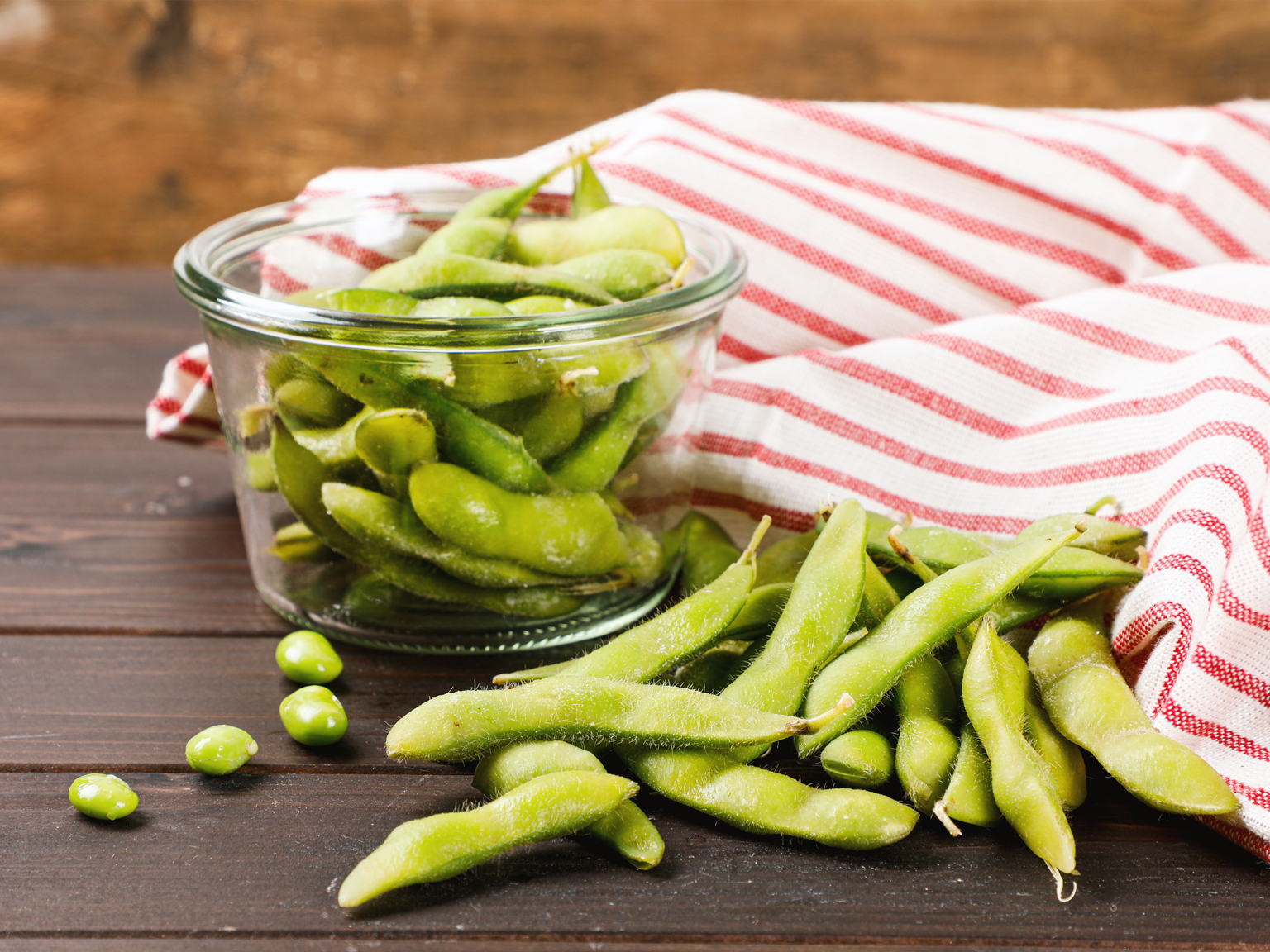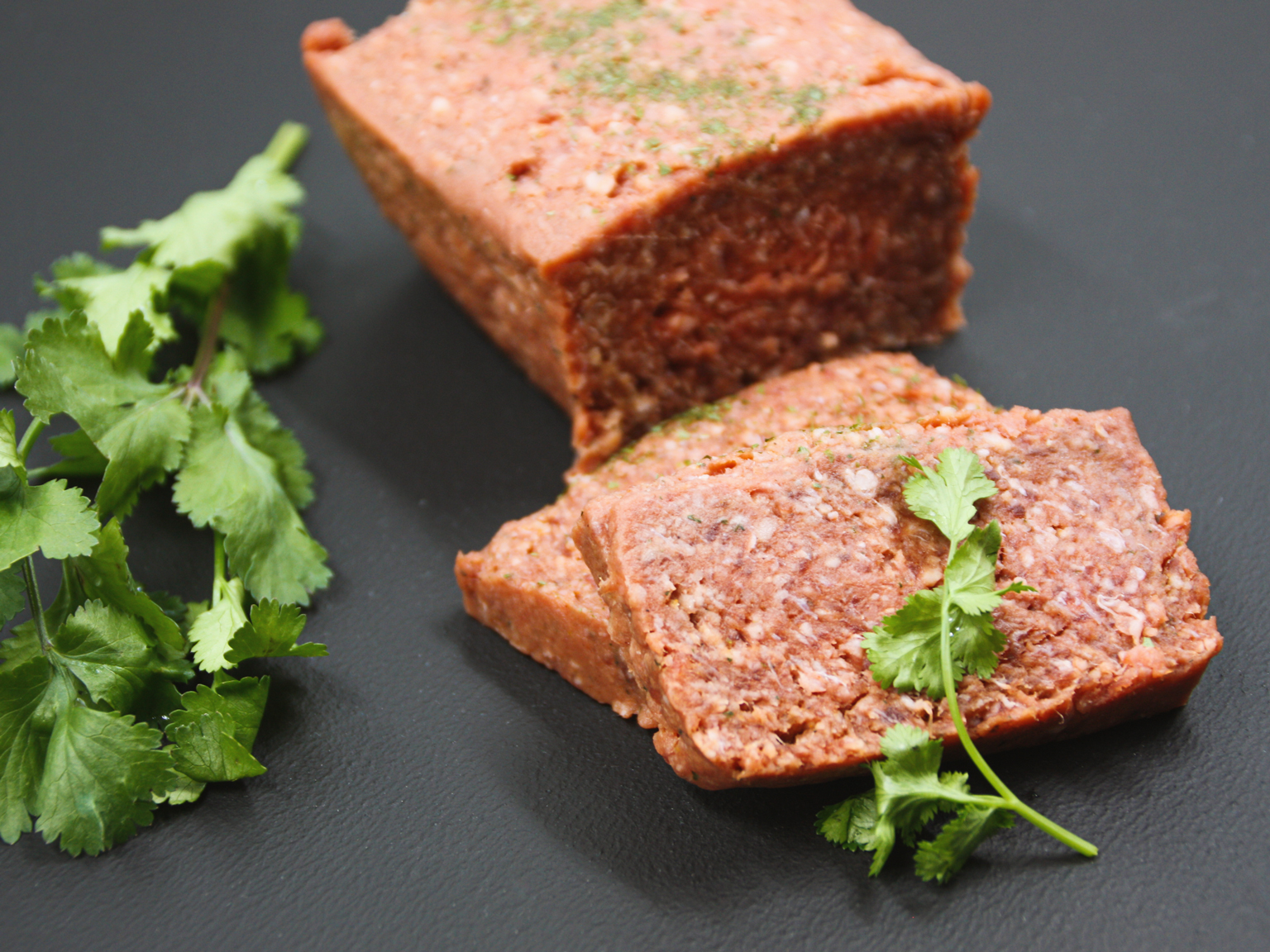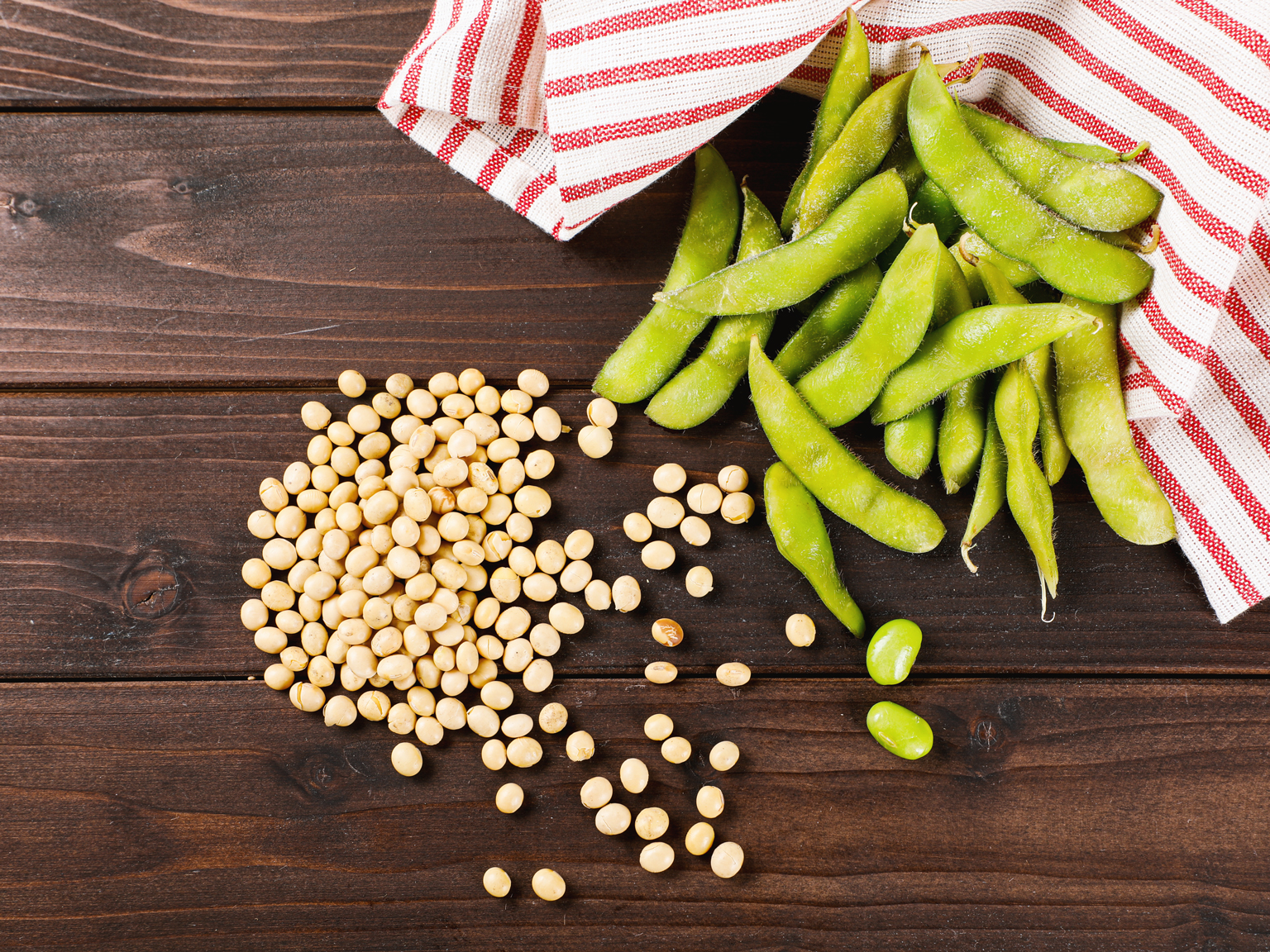
Die Gattung Beta vulgaris (aus irgendeinem Grund trägt sie einen vulgären Namen…) umfasst einige wirtschaftlich wichtige Pflanzen wie Zuckerrüben, aus denen Haushaltszucker gemacht oder auch Futterrüben. Die weissen oder orange-gelben Wurzeln ernähren Vieh, und das Blattgemüse, bekannt als Mangold oder Spinatrüben, nährt Menschen mit starkem Drang nach Salatblättern. Du kennst das Blattgemüse sicherlich unter dem Namen Mangold, was im Englischen “Swiss chard” heisst.
Aber die Pflanze stammt nicht aus der Schweiz, daher ist unklar, woher der Name “Swiss” stammt. Es wurde jedoch die Hypothese aufgestellt, dass dies dem Schweizer Botaniker Gaspard Bauhin zugeschrieben werden könnte, der dieses Gemüse zuerst beschrieb. Aber lassen wir die Wortspiele. Es hat auch viele andere Namen, von gewöhnlichen Krautstielen und See-Mangold über Stiel- oder Rippen-Mangold bis hin zu bezauberndem Schnitt- oder Blatt-Mangold.
Silberrübe
Aber nicht nur die Namen sind charmant, sondern auch die Farben. Ausser dem klassischen Grün gibt es auch rubinrote, goldene, rosa, orange, gelbe und weisse Sorten. Letzteres ist der Grund, warum Mangold manchmal als “Silberrübe” bezeichnet wird. Die Farben sind so leuchtend hell, dass man allein aus einer einzigen Pflanze ein wunderschönes, knackiges Regenbogengericht zubereiten kann. Natürlich benötigen wir zusätzliche Texturen und Aromen, da Mangold trotz seines guten Aussehens ziemlich langweilig schmeckt. Deshalb wird es so oft mit Gewürzen gekocht. Ein klassisches Gericht ist Mangold mit Knoblauch.
Schneide 2 Bund Blattgemüse in Streifen und wirf es in eine vorgewärmte Pfanne mit 1 EL Olivenöl (oder einem anderen Öl deiner Wahl). Füge 2-3 fein gehackte Knoblauchzehen, eine oder zwei Prisen Chiliflocken und eine gute Prise Salz hinzu. Deck die Pfanne zu und lass es für 2-3 Minuten köcheln, bis der Mangold welk ist. Nimm den Deckel weg und lass es kurz weiterkochen, damit die Feuchtigkeit verdunsten kann. Serviere es als Beilage zu gebratenem Fleisch, gebratenen Schalentieren oder gekochter Polenta. Es ist auch eine gute Idee, den Tag mit Blattgemüse zu beginnen. Wenn du diese Art von Person bist, vergiss nicht, ein Ei und ein paar Speckstreifen zusammen mit Kirschtomaten zu braten, um ein schönes, herzhaftes Gericht zu erhalten.
Lass uns blanchieren!
Möchtest du etwas anderes als gebratenes Grün? Blanchiere es! Nimm die gleichen 2 Bündel, koche sie einige Minuten lang, lasse sie abtropfen und lege sie beiseite. Nimm Kürbiskerne, Nüsse deiner Wahl, Sesam oder ein bisschen von allem und röste es in einer kleinen Pfanne bei mittlerer Hitze, bis es leicht braun und duftend ist und stelle es dann beiseite.
Erhitze etwas Öl in einer mittelgrossen Pfanne, füge 1 dünn geschnittene mittelgrosse Zwiebel hinzu und brate sie an, bis sie durchscheinend und weich wird. Wirf einige getrocknete Früchte hinein (Rosinen, Pfirsiche, Datteln, Feigen, Pflaumen), füge alles andere hinzu und serviere es auf einer grossen Platte. Bei Bedarf mit mehr Salz und Pfeffer würzen und mit frisch gepresstem Zitronensaft beträufeln. Einfach herrlich!





